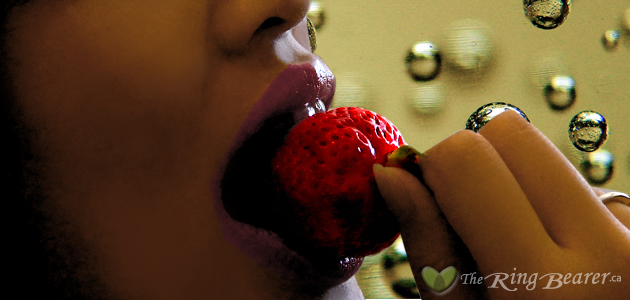 |
The Truth about AphrodisiacsChocolate, oysters, champagne and strawberries might not be as erotically appetizing as you thought.
From time to time, our curiosity of that mystical ‘love potion’ have caused us to offer our partner a piece of chocolate after dinner in hopes of ending the evening in bed. But do they really exist? The existence of aphrodisiacs has been around for thousands of years. The great debate between a true biochemical response and a placebo effect, in which our psyche is driven by sexual desire, has forced researchers to uncover the truth behind the most common aphrodisiacs. What Constitutes an Aphrodisiac? Common Aphrodisiacs Ginseng, oysters and rhinoceros horns (may have originated the term ‘horny’) are believed to have aphrodisiacal powers because of their phallic shapes, but none of which causes any biochemical reaction for libido. Champagne/Alcohol doesn’t increase libido, but it can reduce inhibitions which is probably why the chances of people ‘getting it on’ after drinking increase. In fact, the guy has a harder time performing (pun intended). Strawberries have been considered to increase desire, but that’s mainly due to the way in which this luscious fruit can be eaten. |
|


